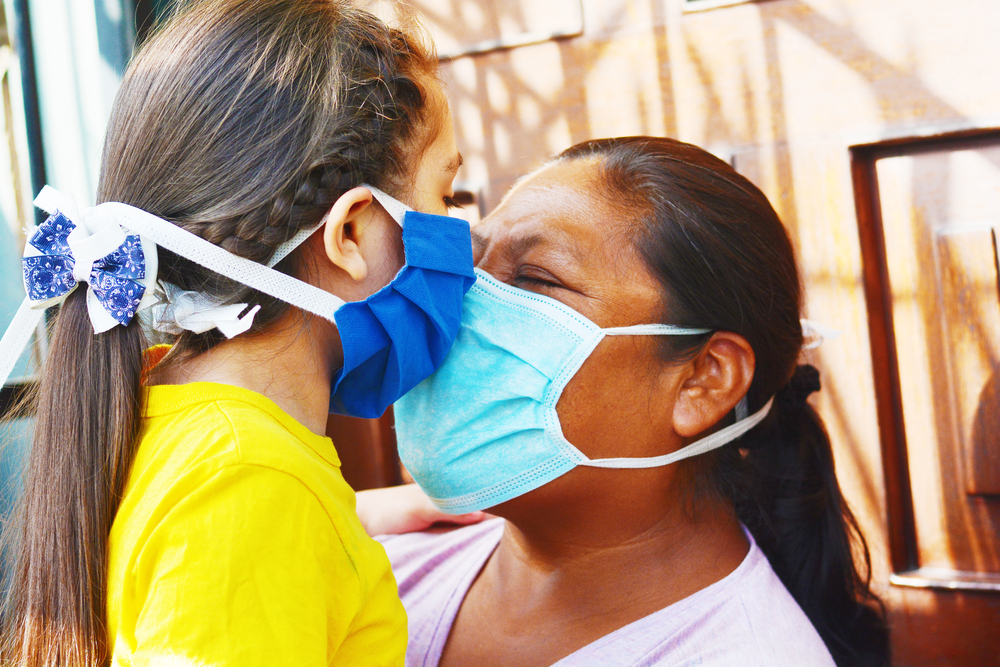How to be an Ally to Indigenous People this American Indian Heritage Month

When you think of American Indians, do you think of the Cherokee? Or perhaps tribes in the western United States, like the Sioux, Shoshone or Apache? You may be surprised to learn that North Carolina is home to more than 130,000 American Indians. That number includes eight tribes and four urban Indian organizations. In fact, North Carolina has the highest Native population east of the Mississippi River!
November is American Indian Heritage Month – a time to celebrate and raise awareness about the diverse American Indian population we have here in North Carolina. At Blue Cross and Blue Shield of North Carolina (Blue Cross NC), we know that educating our employees and members about American Indian populations is an investment in the health and well-being of tribal communities.
I am an enrolled member of the Sappony Tribe, whose traditional homelands, called High Plains, straddle Person County, North Carolina and Halifax County, Virginia. Being Sappony has always been an important part of my identity. We have a rich heritage, and throughout hundreds of years of change, we have maintained our tribal and family bonds as Sappony people. We celebrate our culture through tribal events and art, maintaining our community while also educating others about our culture and heritage.
As Blue Cross NC’s Tribal Liaison for Healthy Blue members, I meet a lot of people who want to learn more about us, especially in November when people want to know what they can do for Native communities.
Listening and learning are some of the best ways you can help celebrate American Indian Heritage Month. Just by reading an article or watching a video, you can discover our remarkable history and culture and learn how to be an ally for indigenous people.
Here are a few ways to do that:
Learn
Learn more about the present-day experience of Native people. The best way to do that is to get your information from sources authored and compiled by Native people.
Books: Check out this list of culturally appropriate books by First Nations Development Institute.
Movies: Variety and a public library have compiled lists of motion pictures from Native filmmakers, not just Native stories and actors.
Articles/Videos:
Listen
Want to understand how to truly listen to members of the Native community? Check out these guidelines for being an ally to indigenous people.
Contribute
One of the best ways to help tribal communities directly without creating burden is to donate monetarily. Many tribes have donation links or addresses on their websites. See links below.







